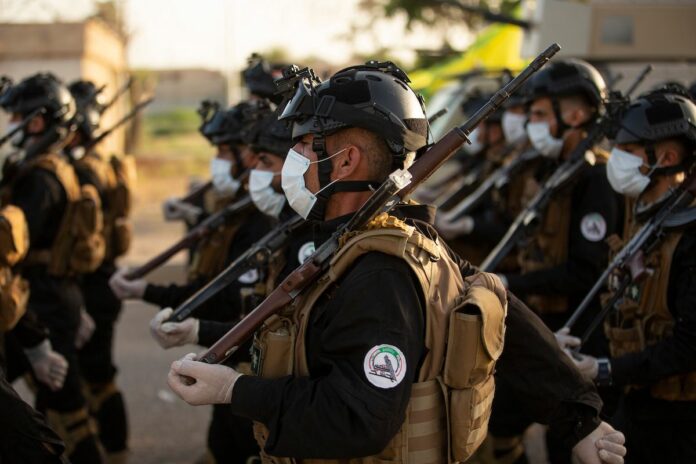Youssef Alaa: Researcher
Introduction
Post-war nations face several challenges, some of which are tied to the value questions that led them to that war and its causes, however, confronting the challenge of war returnees with their psychosocial circumstances stands out as an important victory that must be addressed. Especially with those returnees, and who left behind their blood and body parts. And the moments of their injuries, as well as the social and psychological conditions that accompanied that loss, and their goals that may change with the new situation.
Iraq went to war to stand up against ISIS, the terrorist group that took control of vast territory from Iraq, and hit important security facilities, such as The military, and the police, are shocked at how to deal with these groups, and there is a need to reinforce them from the citizens who believe in that war. That war had to have a high sanctity to get citizens to volunteer. The religious authority in Najaf, represented by (Ayatollah Sayyid Ali al-Sistani), issued a fatwa calling on citizens to volunteer and defend the homeland, It was that seed that led citizens to fight differently, Changing the balance of the war, citizens of marginalized and disadvantaged groups who believe in the sanctity of that war have gathered to defend.
I worked on interviews and analysis of that category that fought the war after the (fatwa), later called the (Alhashd Alshaebii), and became a regular force of the Iraqi state with a law enacted in parliament in 2016.
The Popular Organization provided many martyrs and wounded commanders and fighters, with 7000 martyrs and 25000 wounded. This study attempts to discuss the social conditions of the wounded, the changes that have occurred to them before and after the injury, the extent of the State’s commitment to providing medical and healthcare supplies, as well as their vision of long-term popular (Alhashd Alshaebii). The study covered (Alhashd Alshaebii wounded) in Baghdad, Diyala, and Basra governorates. The interviews were limited to 17 wounded, selected purposefully, from various educational levels, and with various injuries. The table below shows the distribution of the study sample according to the age variable, educational level, place of residence, marital status, and type of injury.












